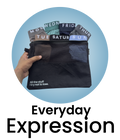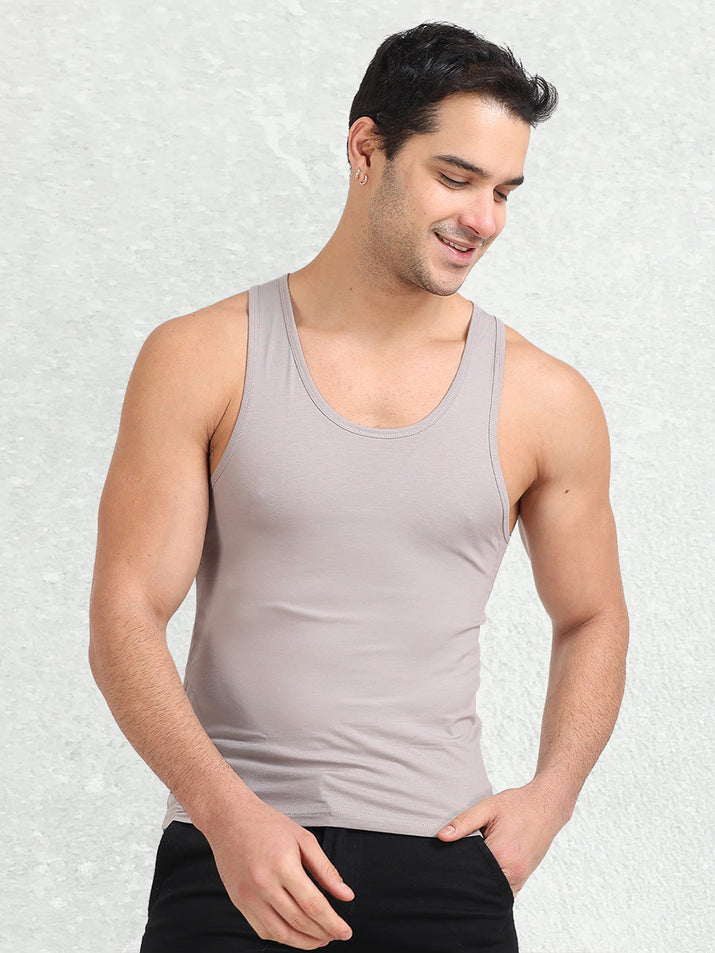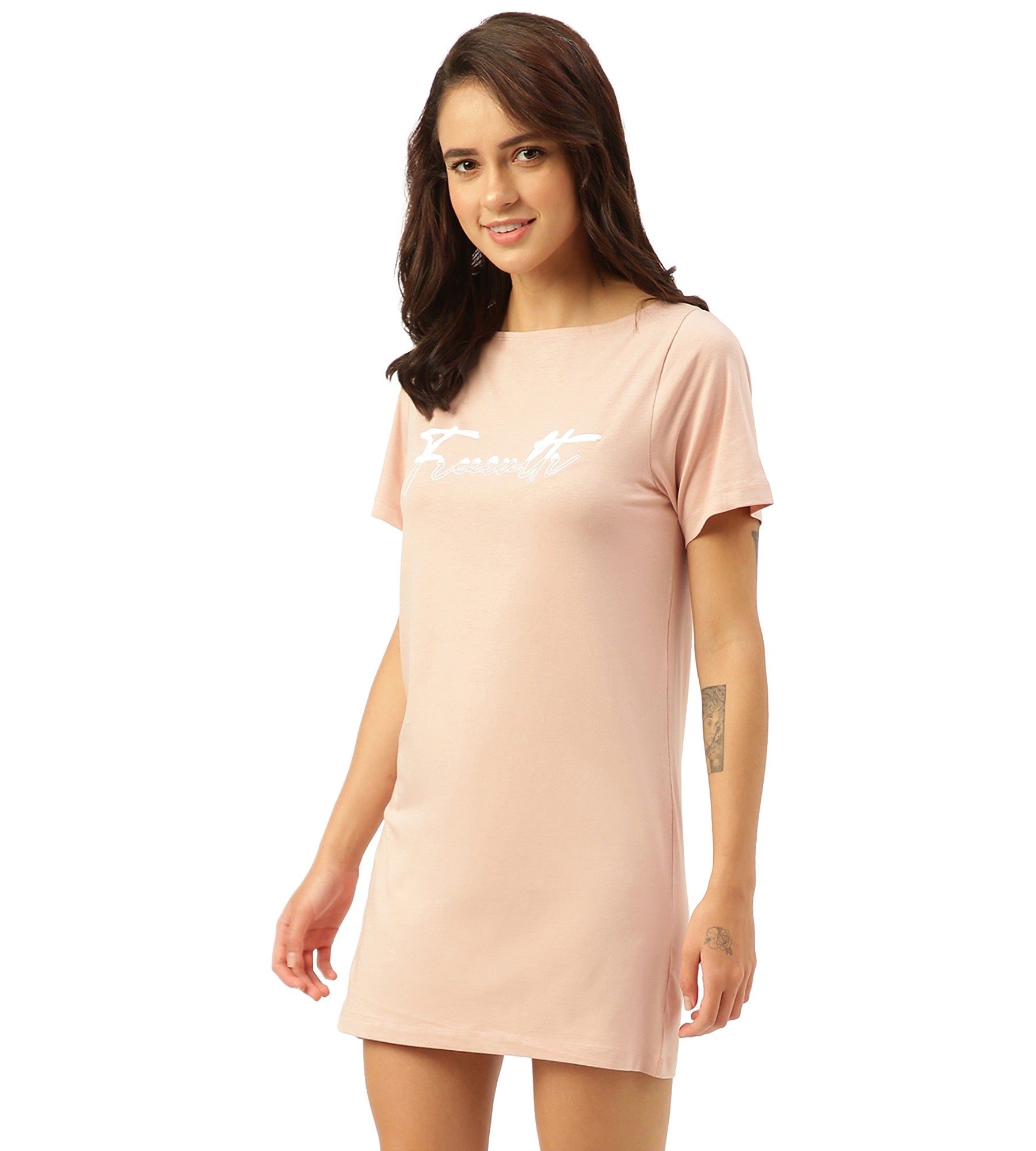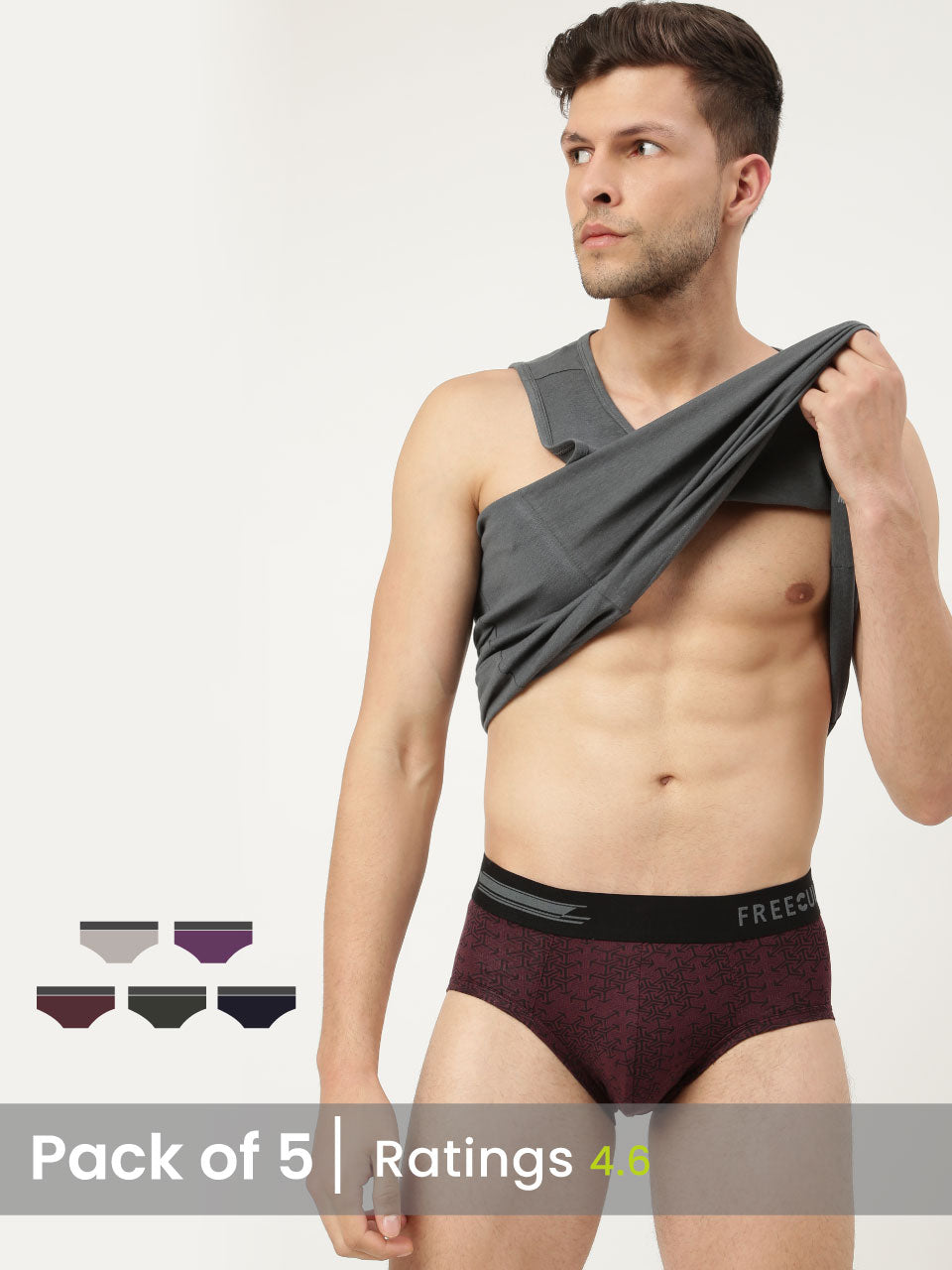The modern man demands adaptable apparel. Comfort vests have emerged as a crucial layering piece. Current trends lean towards lightweight, breathable insulation. Many vests sacrifice warmth for mobility. This guide explores how advancements in fabrics like merino wool and Primaloft are revolutionizing men's comfort vests, offering superior thermal regulation without the bulk. We'll delve into key features such as stitch-through versus baffled construction and their impact on heat distribution, examining how these details affect performance across diverse climates and activities. Discover how selecting the right vest can optimize your layering system for unparalleled comfort and versatility.

The Undeniable Appeal: Why Comfort Vests Reign Supreme
Men's comfort vests have quietly become a wardrobe staple, offering a blend of practicality, style. Adaptability that few other garments can match. Their open-sleeved design allows for a full range of motion, making them ideal for activities ranging from hiking and fishing to simply relaxing around the house. The core warmth they provide is unmatched, targeting the torso where it's needed most, all without the bulkiness of a full jacket.
Understanding the Anatomy of a Comfort Vest
A comfort vest, at its core, is a sleeveless upper-body garment designed for warmth and layering. But, the variations in materials, construction. Features are vast. Let's break down the key components:
- Outer Shell: This is the vest's first line of defense against the elements. Materials range from water-resistant nylon and polyester to more durable fabrics like waxed canvas or even leather. The choice depends on the intended use.
-
Insulation: This is what provides the warmth. Common options include:
- Down: Known for its exceptional warmth-to-weight ratio. Down vests are incredibly compressible, making them ideal for travel. But, they lose their insulating properties when wet.
- Synthetic Insulation: Alternatives like PrimaLoft, Thinsulate. Thermolite offer good warmth even when damp. They are also typically more affordable and easier to care for than down.
- Fleece: A soft, comfortable. Relatively inexpensive option. Fleece vests provide moderate warmth and breathability.
- Lining: The inner lining is designed for comfort and moisture management. Common materials include polyester, nylon. Sometimes even fleece.
- Closure: Most vests feature a full-zip closure. Some may have snap closures or a combination of both.
- Pockets: A critical feature for practicality. Common pocket configurations include handwarmer pockets, chest pockets. Interior pockets.
Down vs. Synthetic: The Insulation Showdown
The choice between down and synthetic insulation is a crucial one. Here's a closer look at the pros and cons of each:
| Feature | Down Insulation | Synthetic Insulation |
|---|---|---|
| Warmth-to-Weight Ratio | Excellent | Good |
| Warmth When Wet | Poor | Good |
| Compressibility | Excellent | Good |
| Durability | Good (can last for years with proper care) | Good (may degrade faster than down) |
| Price | Generally more expensive | Generally less expensive |
| Care | Requires special cleaning and drying | Easier to care for (machine washable) |
Ultimately, the best choice depends on your priorities. If you need maximum warmth with minimal weight and are willing to invest in proper care, down is a great option. If you prioritize performance in wet conditions and ease of care, synthetic insulation is a better choice.
Layering Like a Pro: Maximizing Vest Versatility
The true power of a comfort vest lies in its layering capabilities. Here's how to effectively incorporate a vest into your layering system:
- Base Layer: A moisture-wicking base layer, such as merino wool or synthetic fabric, is essential for keeping you dry and comfortable.
- Mid-Layer: The vest serves as an excellent mid-layer, providing core warmth without restricting movement. Choose a vest with appropriate insulation for the conditions.
- Outer Layer: A waterproof and windproof shell jacket is crucial for protection from the elements. The vest can be worn under the shell for added warmth in cold and wet conditions.
By adjusting the layers, you can adapt to a wide range of temperatures and activities. For example, on a mild day, you might wear just a base layer and a vest. On a colder day, you might add a fleece jacket between the base layer and the vest. Then top it off with a shell jacket.
Real-World Applications: Comfort Vests in Action
Comfort vests are incredibly versatile and can be used in a variety of settings:
- Outdoor Activities: Hiking, camping, fishing. Hunting. Vests provide core warmth without restricting movement, making them ideal for these activities.
- Everyday Wear: Running errands, walking the dog, or simply relaxing at home. Vests add a layer of warmth and style to any outfit.
- Workwear: For those who work outdoors or in cold environments, vests provide essential warmth and protection. Many workwear vests feature durable fabrics and reinforced pockets.
- Travel: Vests are lightweight and compressible, making them easy to pack for travel. They can be worn on the plane or in the destination city.
Beyond the Basics: Advanced Vest Features
Beyond the core components, many comfort vests offer advanced features that enhance their performance and versatility:
- Water Resistance: DWR (durable water repellent) finishes help repel light rain and snow.
- Wind Resistance: Windproof fabrics block the wind, preventing heat loss.
- Breathability: Breathable fabrics allow moisture vapor to escape, preventing overheating.
- Adjustable Hem: An adjustable hem allows you to cinch the vest tight, trapping heat and preventing drafts.
- Reflective Details: Reflective details enhance visibility in low-light conditions.
- Packable Design: Some vests can be packed into their own pocket, making them easy to store and transport.
- Heated Vests: For extreme cold weather, heated vests use battery-powered heating elements to provide additional warmth.
Caring for Your Comfort Vest: Longevity and Performance
Proper care is essential for maintaining the performance and extending the lifespan of your comfort vest. Here are some general guidelines:
- Washing: Follow the manufacturer's instructions carefully. Down vests typically require special detergents and drying methods. Synthetic vests are usually machine washable.
- Drying: Down vests should be tumble dried on low heat with dryer balls to prevent clumping. Synthetic vests can also be tumble dried on low heat or air dried.
- Storage: Store your vest in a dry, well-ventilated area. Avoid storing it in a compressed state for extended periods of time.
- Repair: Repair any tears or holes promptly to prevent further damage. Consider using a patch kit or taking the vest to a professional repair shop.
Remember that maintaining your athletic performance requires not only the right gear but also the right nutrition. Consider exploring options such as creatine to enhance your physical capabilities.
Style Considerations: Choosing the Right Vest for Your Look
Comfort vests aren't just about function; they can also be a stylish addition to your wardrobe. Consider the following when choosing a vest:
- Fit: A well-fitting vest should be snug but not restrictive. It should allow for freedom of movement without being too bulky.
- Color: Choose a color that complements your existing wardrobe. Neutral colors like black, navy. Gray are versatile and easy to pair with other items.
- Style: Vests come in a variety of styles, from classic quilted vests to more modern and athletic designs. Choose a style that reflects your personal taste.
- Material: The material of the vest can also impact its style. For example, a leather vest has a more rugged and sophisticated look than a fleece vest.
By considering these factors, you can choose a comfort vest that not only keeps you warm but also enhances your overall style.
Conclusion
Let's face it, understanding the versatility of men's comfort vests goes beyond simply knowing they keep you warm. It's about unlocking a new level of stylish and functional layering. Think of it as the secret weapon in your wardrobe arsenal. Don't just buy a vest; integrate it. Approach 2: 'The Implementation Guide' Recap: Men's comfort vests offer superior warmth and exceptional layering potential. Practical Tip: Experiment with different textures. A quilted vest over a flannel shirt provides both visual interest and added warmth. Action Item: This weekend, dedicate 30 minutes to reorganizing your closet with layering in mind. Group your vests with shirts and jackets that complement them. Success Metric: A noticeable increase in the number of outfits you can create with your existing wardrobe. Start small, experiment often. Remember, a well-chosen vest can transform your look from ordinary to outstanding. With a little planning, the comfort vest will quickly become a staple in your everyday wardrobe.
FAQs
Okay, so what exactly makes these vests so comfy?
Good question! It's a combo of things, really. We're talking about soft, often brushed, fabrics that feel great against your skin. Plus, the cut is designed for movement – no stiff or restrictive feelings here. Think 'wearing a hug' level of comfort.
Can I really wear these vests with, like, anything?
Pretty much! That's the beauty of them. They're super versatile. You can throw one over a t-shirt for a casual look, layer it under a jacket for extra warmth when it's cold, or even wear it over a dress shirt for a slightly more dressed-up vibe. Experiment and see what you like!
What kind of weather are these vests best for?
They're great for transitional weather – think spring and fall. Also perfect for layering in the winter. , anytime you need a little extra warmth without overheating, a comfort vest is your friend.
How do I wash these things? I don't want to ruin them!
Always check the care label first. Generally, most comfort vests are machine washable. Use cold water and a gentle cycle. Tumble dry on low or hang to dry to avoid shrinkage or damage to the fabric. Avoid bleach!
Are these vests bulky? I hate feeling like the Michelin Man.
Nope! Comfort vests are designed to be relatively slim and lightweight. They add warmth without adding a ton of bulk, so you can still move freely and comfortably. Look for vests with quilted or thinner insulation for maximum sleekness.
What materials are these usually made from?
You'll find them in a range of materials. Common ones include fleece, quilted nylon, cotton blends. Even some with a bit of wool. The material affects the warmth and feel, so consider what you're looking for in terms of comfort and insulation.
Is it worth investing in a good quality comfort vest, or are the cheaper ones okay?
While cheaper options exist, a good quality vest will usually last longer, feel more comfortable. Hold its shape better after washing. Think of it as an investment in your comfort and style. You'll likely wear it a lot, so it's worth spending a bit more for something you really like.






